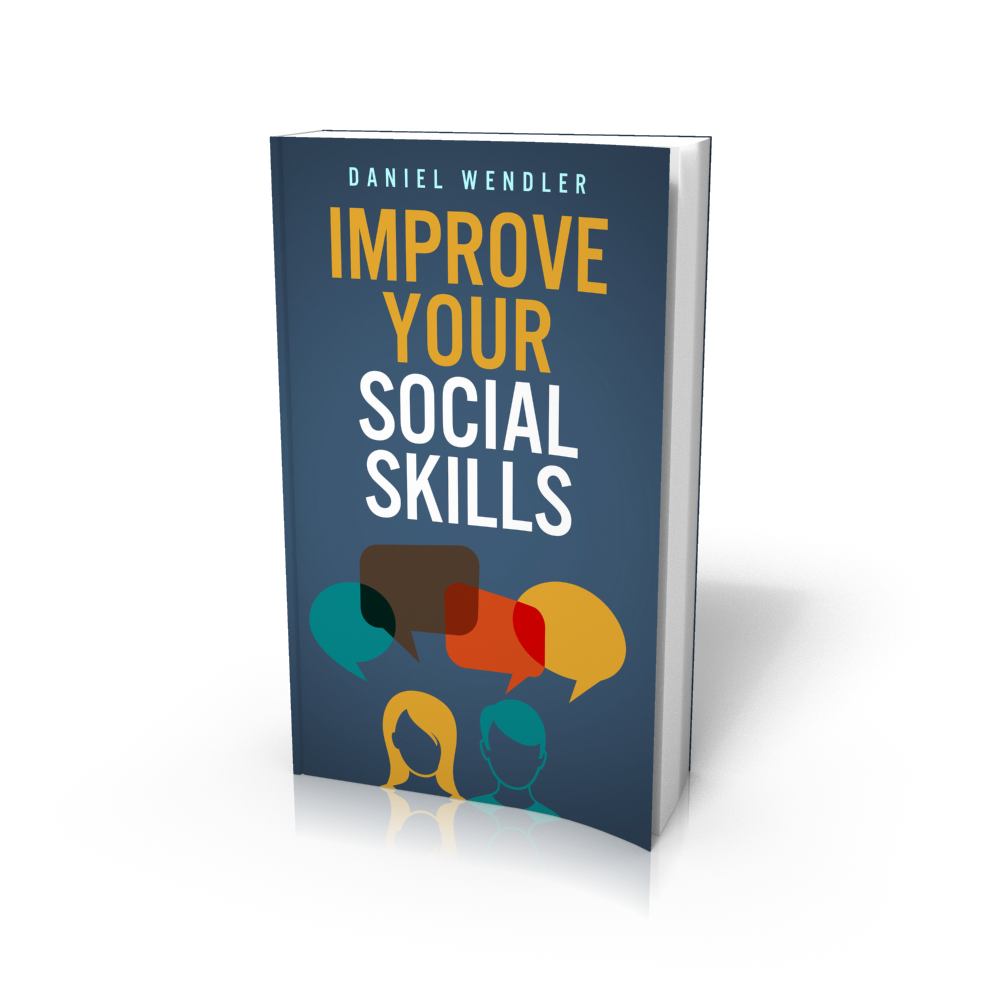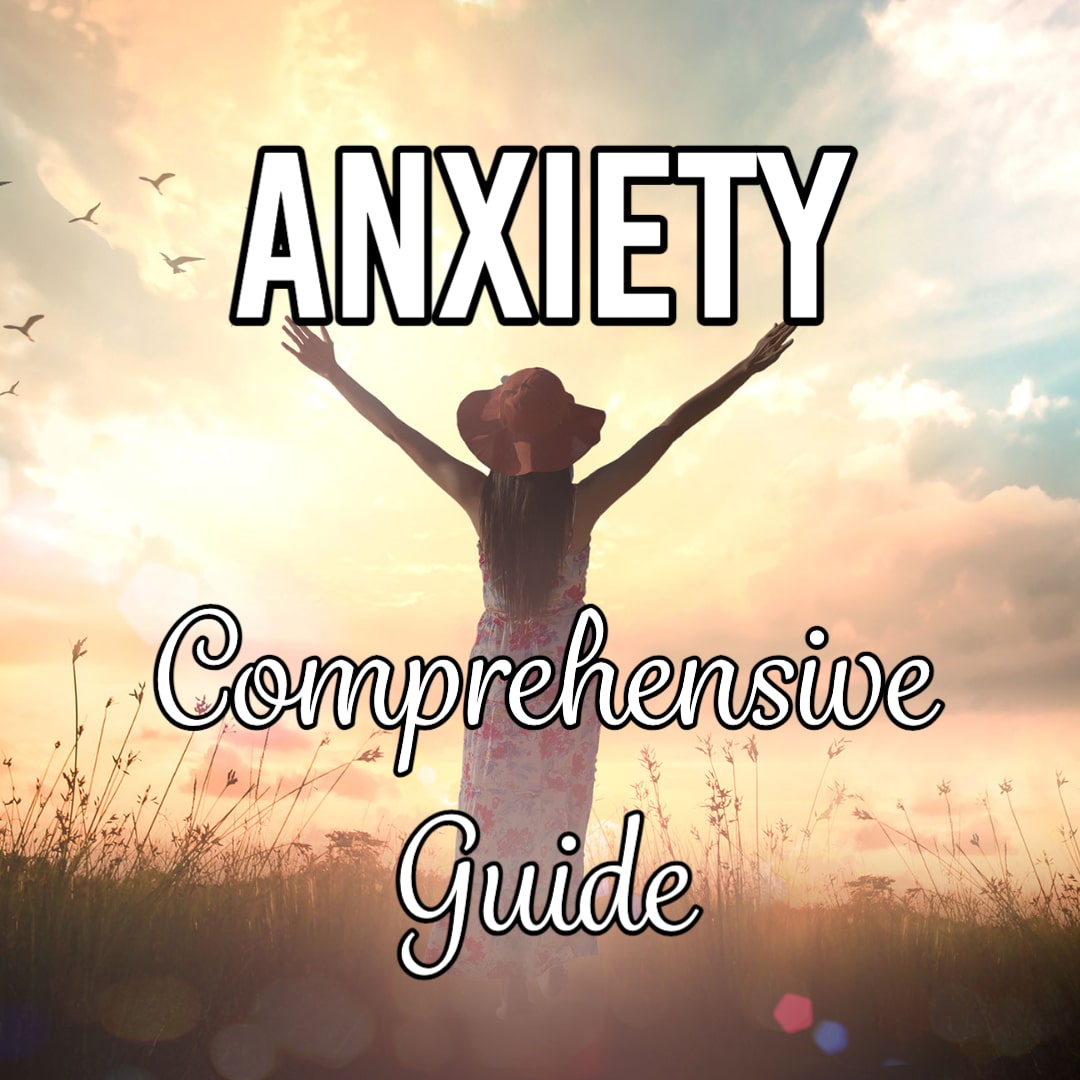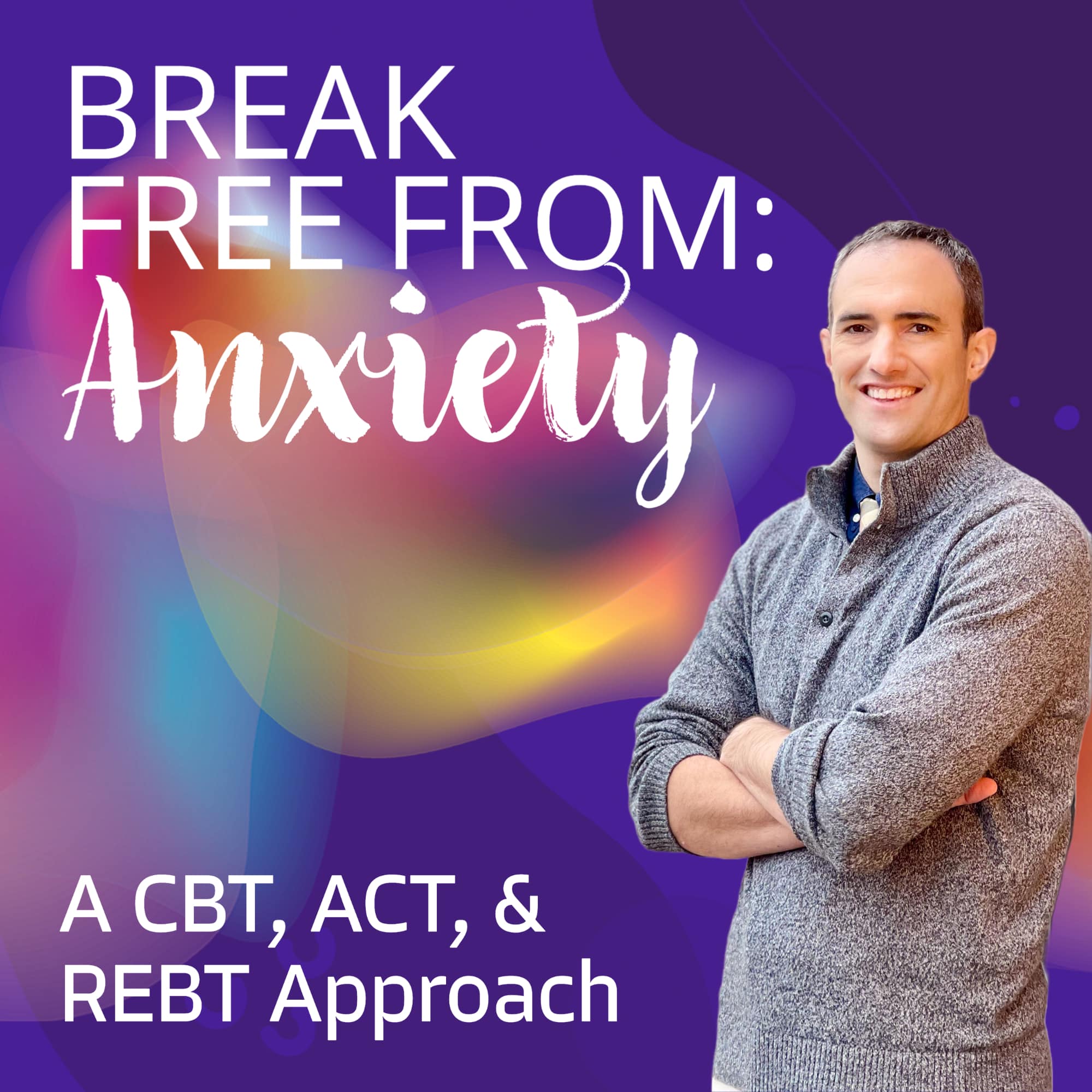By Bruce Bassi
Daniel Wendler’s Improve Your Social Skills is a book for those with social anxiety who recognize a need for improvement in communication, friendships, relationships….essentially all of us! Written in a friend-like, easy to read tone, he gives digestible, often in three-part-breakdowns, of common issues. To maximize value from the book, he offers the reader points of self-reflection before getting into the main substantive issues:
– determining your social strengths: are they being loyal, having desire to get to know others?
– what have you tried I the past?
– what are current gaps in your skills?
– what are your goals?
– what is your motivation for trying to improve your social skills?
The book starts off building a solid foundation in defining social anxiety, overcoming and becoming comfortable with failure failure, and giving advice on finding ways to explore a step-wise progression of overcoming fear.
Body language broken down into comfort and discomfort categories. Comfort body language signals include leaning in, moving closer, or turning to face you. In mastering body language, practice by watching TV shows and see if you can pick out comfort signals. Discomfort body language includes face/neck touching/rubbing, withdrawing, feet pointing away, not making eye contact, giving an “interruption” hand signal. The body language must be put into context, and you can find certain cues that, if you respond to, could make your partner more comfortable. Paying attention to one’s own body language will also make sure that you are sending consistent messages to the other person.
Having a good conversation requires inviting the other individual to talk with questions, and also sharing your own thoughts or stories that overlap with the other individual’s interests that would allow them to feel more comfortable talking. You can share your opinions or speculations on a topic. For good flow, you want to allow the other person to tell their “story” to learn more about them. While invitations guide the conversation, inspirations create closeness. Use invitations when you have just met the other person, or when your partner doesnt know what to say next. Use inspirations when your partner has shared something personal with you and you are getting to know them better. Use your responses to others’ invitations as an opportunity to inspire more conversation. For example, when asked about your day, rather than using a conversation stopper such as “it was fine,” give a response that includes more topics for potentially more conversation. Daniel also gives helpful additional advice about slowing down your speech, and giving yourself “permission to fail” in conversation, which ultimately allows you to practice and continue to improve.
Broaching one of the more anxiety provoking situations, speaking in groups, Daniel helps one navigate how to join a group conversation and allowing for even balance in the group to let all voices be heard. He gives two ways to join groups: direct approach and an indirect approach (someone introduces you. In order to let everyone be heard, ask questions to others to encourage others to participate in the conversation. When you feel excluded from a group, Daniel recommends reflecting on why you feel that way and if there is truly any evidence to support those feelings. Speaking in groups is much easier when you know how to be a good storyteller, which Daniel addresses in one of the later chapters. This chapter discusses how to hold someone’s interest, building connection, and providing a satisfying conclusion. He gives advice about using vivid details that would add value to the story rather than facts which may distract the listener from the point of the story.
To have more empathy for others, you can first start by understanding your own feelings. Often we do not want to acknowledge certain feelings such as anger or sadness, but you need to give yourself permission to feel these feelings. If you are unable to recognize these feelings in yourself, there will be a small level of denial of these feelings in your interactions and it is unlikely you will recognize them in others. When you feel anger, you need to follow it back to determine what the original cause was, as it is usually not the other persons action but the meaning behind it that made you feel that way. In empathizing with others, begin by trying to understand where that person came from and what previous experiences they might have had that would influence their current perspective. The natural tendency would be to see things from our own perspective but this will make it more difficult for you to empathize. One must not forget to use nonverbal empathy clues and matching others’ level of energy.
Daniel dedicates a chapter to meeting other individuals, which is a common struggle for people with social anxiety. First find the right social group (based upon your common interests), make every day connections (meet on a regular basis), and connect on a human level. To find friends, you could try starting by thinking about the hobbies that you are most interested in and then searching your city for groups that gather to engage in that activity. You could also look for groups of individuals that focus on meeting people, such as Toastmasters or Improv Theater. When you find someone to interact with, you should think not of the interaction as a means to an end, but find something you can learn from that individual, and find a way to connect about something. To make that connection, Daniel gives very helpful advice about avoiding inturrupting, referencing context, and how to be prepared if the interaction does not turn into a friendship.
Individuals often admit they have no friends or they dont know how to make friends. The first step in making friends is to give yourself opportunities to meet people. After you start meeting people, ask yourself if they treat others well, and if they seem like they want to spend time with you. The feeling should be mutual. On your journey to making a group of friends, you also need to recognize when the feeling is not mutual and it is time to move on to meeting other people. Recognize that making friends requires a step-wise progression. People do not become best friends in one day, one week, or one month, but it requires time spent with that person, and sharing personal information about each other at a gradual pace. Try choosing the right activity with that individual that you both like. Find a steady rate to hang out with that person. Be a good friend by being interested in the person, be present, reliable, and responsive. Some of Daniel’s most excellent advice comes in this chapter about cultivating friendships: the importance of just being there for someone, not making the experience about you, and how to make specific tangible offers. He gives the examples of, instead of saying “Let me know if you need anything,” and instead say “That sounds rough. Do you wnat to talk about it,” or “Would it help if I bring you a meal this week?” Other excellent ways to show you care: Do you want to go for a walk? Do you want to play video games with me? Can I cook a meal for you? Can I sit next to you? Don’t feel obligated to offer solutions to the person and try to fix them, but instead offer support. Ask them questions about their feelings rather than assume you know how they feel. Don’t minimize the problem, but “if it feels like a big deal to them, then treat it like a big deal.” Rather than change the subject when you feel uncomfortable, or panic, try your best to remain calm and just support them. Try to follow up and check in with them, you can invite them to coffee or call them. You can educate yourself on what your friend is dealing with, but rather than try to be the expert on the matter, suggest professional help to them. To be a good friend to others, you need to take care of yourself, and part of that involves allowing others to take care of you. Sometimes you support the friend, and sometimes the friend supports you, and that is the beauty of a friendship in harmony.
Overall, this book is excellent. The first half of the book mainly outlines foundations of relationships and communication. The first half was somewhat abstract so I didn’t find it as helpful as the second half. The second half included numerous specific details which I was able to understand much better and imagine the context for the advice he gave. I was able to imagine myself in those certain situations which made it easier to remember. The tone throughout the book is down to earth (not filled with psychology jargon) and very positive and encouraging for the individual who is afraid of socializing. He gives many ways to challenge oneself in gradually improving upon social skills. Daniel provides numerous practical examples from other authors, youtube clips and even movies that normalize the issue of social anxiety and provide cultural context and insight into how other people have dealt with the same kinds of anxiety that we all struggle with.
You can watch some of Daniel’s videos here: https://www.improveyoursocialskills.com/tedx

 Bruce Bassi
Bruce Bassi






